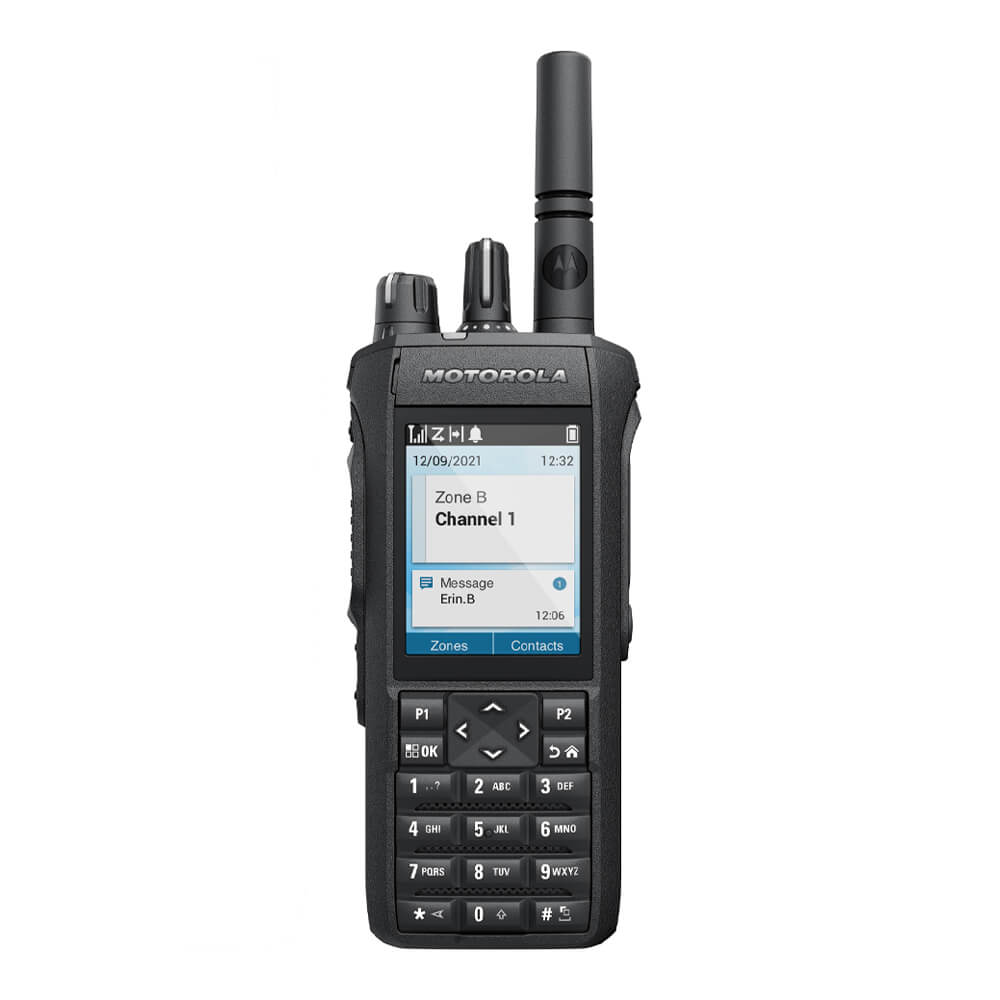VHF radio communication has revolutionized the way we connect and communicate in various industries. From maritime operations to aviation, emergency services to outdoor enthusiasts, VHF radio plays a crucial role in ensuring effective and reliable communication. In this comprehensive guide, we will delve into the depths of VHF radio communication, exploring its functionalities, applications, and benefits.
- Understanding VHF Radio Communication:
VHF, which stands for Very High Frequency, refers to the radio frequency range between 30 MHz and 300 MHz. This range allows for long-range communication with minimal interference, making it ideal for various industries. VHF radio systems utilize electromagnetic waves to transmit and receive voice and data signals, enabling seamless communication over vast distances. - Applications of VHF Radio Communication:
2.1 Maritime Operations:
VHF radio communication is extensively used in maritime operations, including commercial shipping, fishing, and recreational boating. It enables ship-to-ship and ship-to-shore communication, providing essential safety information, weather updates, and coordination during emergencies.
2.2 Aviation:
In the aviation industry, VHF radio communication is vital for air traffic control, pilot-to-pilot communication, and ground-to-air communication. It ensures safe and efficient air travel by facilitating clear instructions, navigation assistance, and emergency response.
2.3 Emergency Services:
Police, fire departments, and other emergency services heavily rely on VHF radio communication for quick and effective coordination. It enables real-time communication between responders, allowing them to share critical information, coordinate rescue efforts, and ensure public safety.
2.4 Outdoor Enthusiasts:
VHF radios are popular among outdoor enthusiasts, such as hikers, campers, and hunters. They provide a reliable means of communication in remote areas where cellular networks may be unavailable. VHF radios allow users to stay connected, share location information, and call for help if needed.
- Benefits of VHF Radio Communication:
3.1 Long-Range Coverage:
VHF radio signals can travel long distances, especially over open water or unobstructed terrain. This makes it an ideal choice for industries that require communication over vast areas.
3.2 Minimal Interference:
VHF radio operates on a frequency range with minimal interference from buildings, vegetation, or other obstacles. This ensures clear and uninterrupted communication, even in challenging environments.
3.3 Simplicity and Reliability:
VHF radios are user-friendly and offer reliable communication, even in remote locations. They are designed to withstand harsh conditions, making them suitable for various industries and outdoor activities.
3.4 Cost-Effective Solution:
Compared to other communication technologies, VHF radio systems are often more cost-effective, especially for organizations that require widespread communication coverage.
Conclusion:
VHF radio communication is a powerful tool that enables seamless communication across various industries. Its long-range coverage, minimal interference, and reliability make it an indispensable asset for maritime operations, aviation, emergency services, and outdoor enthusiasts. By understanding the functionalities and applications of VHF radio, organizations and individuals can harness its power to enhance safety, efficiency, and connectivity.
